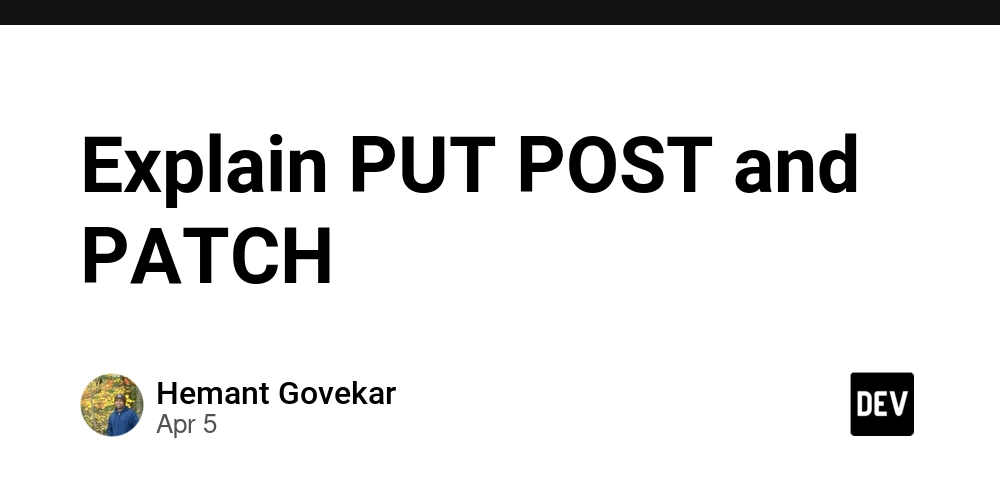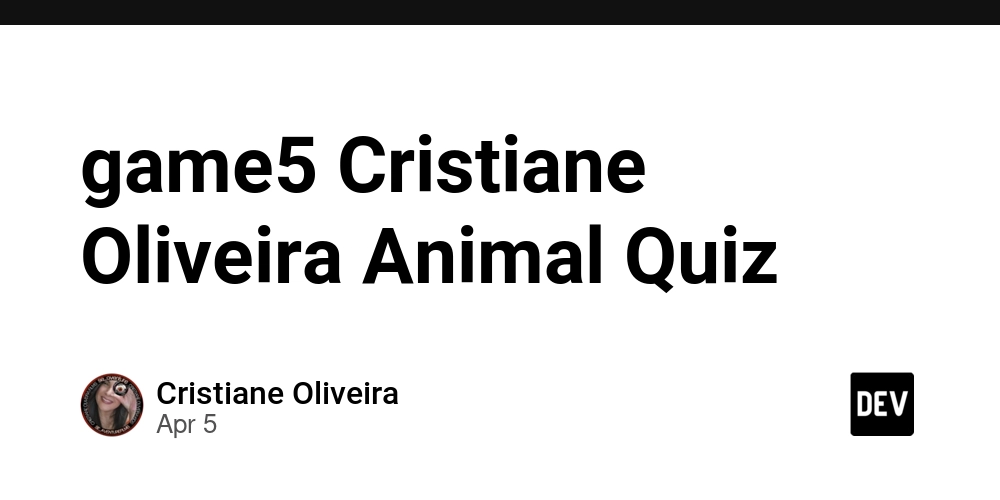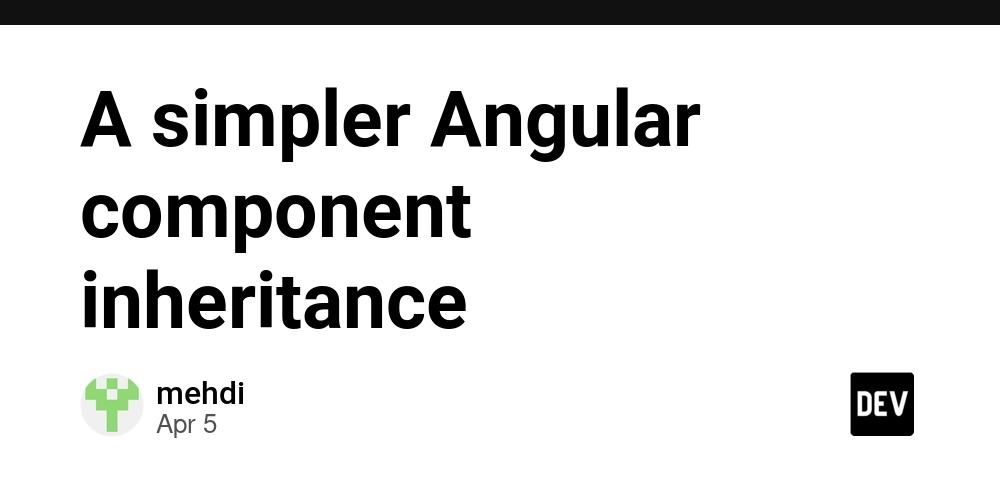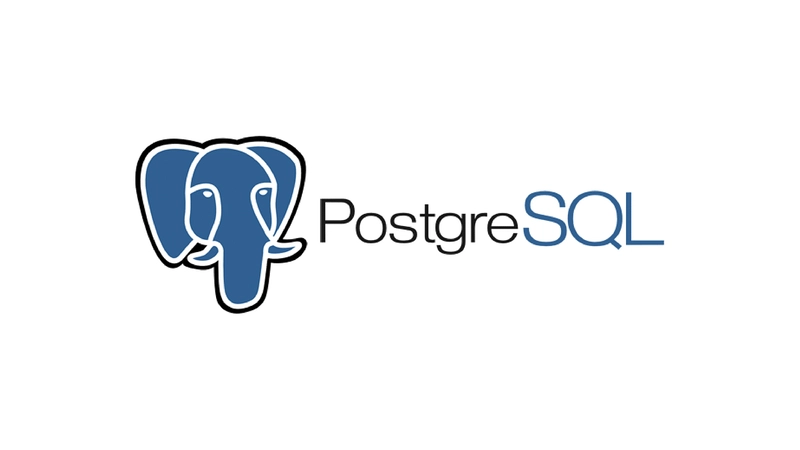Explain PUT POST and PATCH
In HTTPS, the HTTP methods PUT, POST, and PATCH are used to perform operations on resources. Here's a differentiation of their purposes and behavior: POST: Purpose: Used to create new resources or submit data to a server. It appends the resource to an existing collection. Idempotency: Not idempotent; multiple identical POST requests will create multiple resources. Example: Submitting a registration form to create a new user. Response: Usually returns 201 Created and a URI pointing to the newly created resource. PUT: Purpose: Used to create or completely replace a resource at a specific URI. If the resource exists, it is updated; if it doesn't, it is created. Idempotency: Idempotent; multiple identical PUT requests will produce the same result (i.e., the same resource state). Example: Updating an entire profile with a new set of data. Response: Typically returns 200 OK (if updated) or 201 Created (if new resource is created). PATCH: Purpose: Used to partially update an existing resource. Only the fields provided in the request will be updated, leaving the rest unchanged. Idempotency: Idempotent; multiple identical PATCH requests will result in the same resource state. Example: Updating just the email address of a user profile without altering other fields. Response: Commonly returns 200 OK or 204 No Content. Key Differences Method Action Idempotency Typical Use Case POST Create new resource No Submitting forms or adding records to a database PUT Replace entire resource Yes Overwriting or creating a resource at a specific URI PATCH Update part of a resource Yes Modifying specific fields in a resource Each method is designed for specific operations, ensuring clarity and proper organization of HTTP operations.

In HTTPS, the HTTP methods PUT, POST, and PATCH are used to perform operations on resources. Here's a differentiation of their purposes and behavior:
- POST:
- Purpose: Used to create new resources or submit data to a server. It appends the resource to an existing collection.
- Idempotency: Not idempotent; multiple identical POST requests will create multiple resources.
- Example: Submitting a registration form to create a new user.
-
Response: Usually returns
201 Createdand a URI pointing to the newly created resource.
- PUT:
- Purpose: Used to create or completely replace a resource at a specific URI. If the resource exists, it is updated; if it doesn't, it is created.
- Idempotency: Idempotent; multiple identical PUT requests will produce the same result (i.e., the same resource state).
- Example: Updating an entire profile with a new set of data.
-
Response: Typically returns
200 OK(if updated) or201 Created(if new resource is created).
-
PATCH:
- Purpose: Used to partially update an existing resource. Only the fields provided in the request will be updated, leaving the rest unchanged.
- Idempotency: Idempotent; multiple identical PATCH requests will result in the same resource state.
- Example: Updating just the email address of a user profile without altering other fields.
-
Response: Commonly returns
200 OKor204 No Content.
Key Differences
| Method | Action | Idempotency | Typical Use Case |
|---|---|---|---|
| POST | Create new resource | No | Submitting forms or adding records to a database |
| PUT | Replace entire resource | Yes | Overwriting or creating a resource at a specific URI |
| PATCH | Update part of a resource | Yes | Modifying specific fields in a resource |
Each method is designed for specific operations, ensuring clarity and proper organization of HTTP operations.






















































.jpg)
%20Abstract%20Background%20112024%20SOURCE%20Amazon.jpg)



















































































































![[The AI Show Episode 142]: ChatGPT’s New Image Generator, Studio Ghibli Craze and Backlash, Gemini 2.5, OpenAI Academy, 4o Updates, Vibe Marketing & xAI Acquires X](https://www.marketingaiinstitute.com/hubfs/ep%20142%20cover.png)
































































































































![From drop-out to software architect with Jason Lengstorf [Podcast #167]](https://cdn.hashnode.com/res/hashnode/image/upload/v1743796461357/f3d19cd7-e6f5-4d7c-8bfc-eb974bc8da68.png?#)




































































































.png?#)





.jpg?#)
































_Christophe_Coat_Alamy.jpg?#)










































































































![Rapidus in Talks With Apple as It Accelerates Toward 2nm Chip Production [Report]](https://www.iclarified.com/images/news/96937/96937/96937-640.jpg)










































































































































